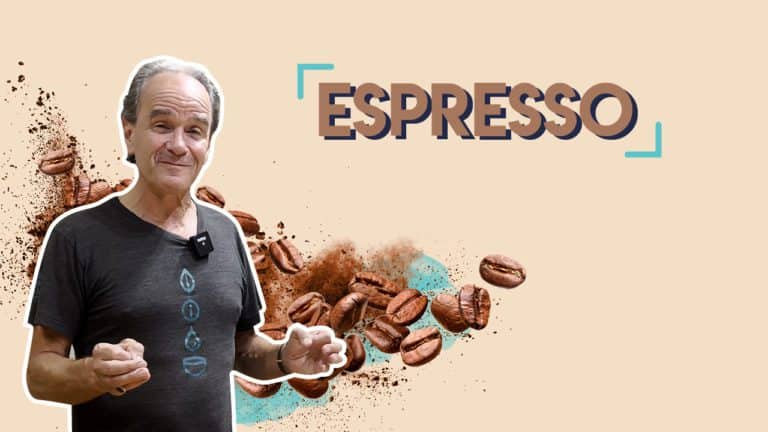Welcome to ‘Roasting and Blending for Espresso’. We are so excited to share our enthusiasm about the great profession and craft of roasting coffee. We hope you love it as much as we do. Enjoy the first episode of ‘Behind the Roast’ with Willem Boot! Read the summary below.
Summary of roasting and blending for espresso
This session is specifically for roasting for espresso.
What is espresso?
Espresso is one of the most popular coffee varieties. It is a brewing style and actually not a roasting style although there are certain useful tips to consider. Espresso means that in a short period of time we try to extract as much flavour from the coffee as possible. The SCA defined some regulations for espresso such as temperature, pressure and the amount of coffee to be used.
Espresso is a way of preparing coffee. This may sound easy, but there is quite a lot to it. It is characterised by the fine grinding degree of the coffee and the high pressure with which hot water is pressed through the ground coffee during brewing.
The most characteristic feature is that the density of dissolved substances per unit volume is higher than with regular coffee. Because of this, espresso is stronger than a regular coffee and contains about three times as much caffeine per unit volume as regular coffee. Another important factor is the amount with which it is served. This is lower than with regular coffee and usually measured in shots between 25 and 30 ml.
Important essentials of espresso
It takes a lot of qualities before you can talk about a perfect espresso. Some of them are the dark brown cream on top and the intense and strong aromas. Also, the flavours like bitterness, acidity, saltiness, and sweetness should all be well mixed. And last but not least, the aftertaste needs to be full-bodied.
Tips for roasting and blending for espresso
Because of the very short brewing time and pressure applied, we have to change some of the paradigms used in roasting.
- Make sure you take out the time to preheat your coffee roaster for a minimum of 30 minutes.
- Use a colour meter to measure the consistency. Or measure the shrinkage (weightloss during roasting) if you don’t have a colour meter.
- We want to give enough time for all the roasting stages to evolve. If the process (especially in espresso roasting) goes to fast the sweetness and balance in the cup is jeopardised. So you have to make sure that the roast has sufficient time to develop. Roast development is the time that starts from the first crack up until the end of the roast. If you divide that time by the total roasting duration you can calculate the roasting development expressed in percentage. A percentage of 12-22% is recommended when roasting for espresso.
- Keep a good eye on the airflow. You do not want to have too much air running through the roaster. The more convection heat you have during roasting, the more you emphasise the development. With Giesen the airflow is easily handles. Try keeping the Pa (airflow setting) between 90-120. The higher the pressure, the more you’ll develop sour/acid flavours in your profile.
- Keep track of the roast by using Giesen Profiler. You can record and play profiles which attribute to the desired consistency. If you don’t have Giesen Profiler, we are giving you a different way to track your roasts. You can download the sheet here.
Want to know more? Boot Coffee offers various classes.






